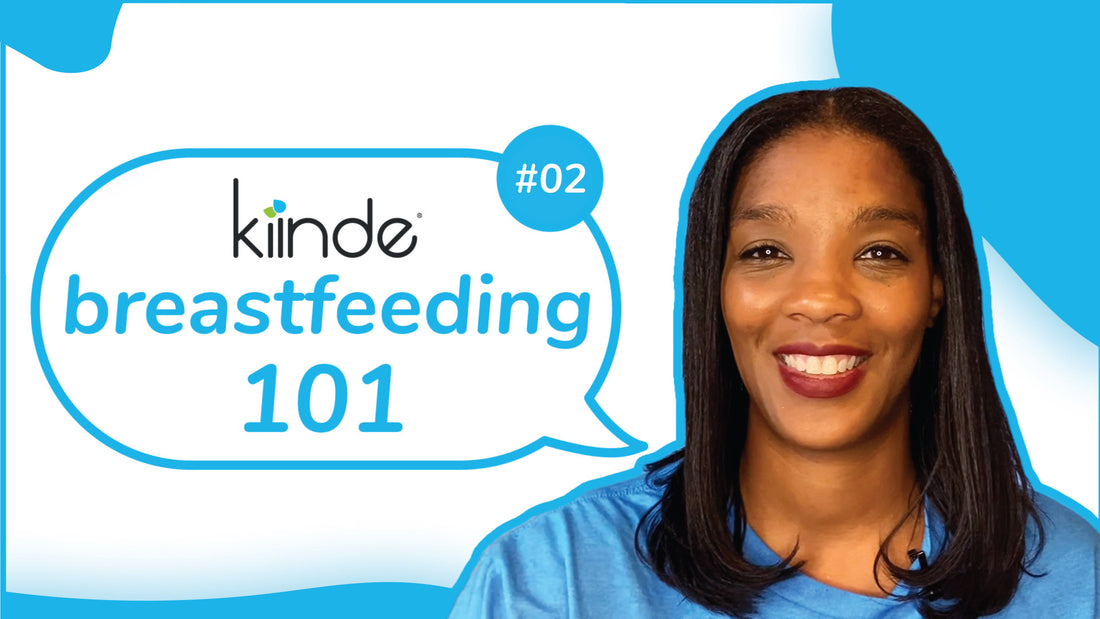
Breastfeeding 101: How Does Breastfeeding Work
Share
Have you ever wondered how breastfeeding works?
We're back with another breastfeeding 101 lesson, this time all about the science behind breastmilk production.
Lesson 2: How Does Breastfeeding Work?
*Fun Fact* Breastmilk can be produced even if you have never been pregnant before! While pregnancy is the most common way to trigger lactation, it can be done without carrying a baby.
Colostrum - Babies' First Milk
Around the end of the second trimester and beginning of the third your body starts to make the first milk for your baby– colostrum. Your body makes it and it sits and waits for the arrival of your little one. Colostrum is full of fats, proteins, sugars, carbohydrates and immuno-protective factors. Anti-virals and antibodies found in colostrum will help protect your baby as they adjust to life outside of the womb.

I am not leaking, does that mean I won't produce milk?
Parents may notice they will start leaking during pregnancy, but please understand that leaking colostrum (or not) is no indication of what your milk production will be like. There is no need to worry in this case.
How Does Breastfeeding Work: Hormonal Response
When you bring your baby to the breast, the sucking, close contact, and smell of the baby all trigger a chain reaction of hormonal responses. The same reaction can be triggered with a breast pump. Some parents find that looking at a picture of their baby or watching a video while they pump helps to make the process move more quickly.

Milk Ejection Reflex (MER) or "Let Down"
The let down or Milk Ejection Reflex (MER) is a negative feedback loop. When the infant comes to the breast to nurse, or you stimulate the breast with your breast pump, milk-making hormones known as prolactin and oxytocin work together to stimulate the milk ducts and release milk into the breasts. This means that even while your baby is nursing, more milk is being made. Have you ever wondered why it's important to frequently remove milk from your breasts to maintain your supply? Breast milk contains something called FIL (Feedback Inhibitor of Lactation) which controls your milk production. When the breast is full, FIL will signal the body to make less milk. When the breast is empty, the body speeds up milk production with less FIL present.

This hormonal process is why responsive feeding or "feeding on demand" is so important. It is also one of the reasons why newborns cluster feed in the weeks after birth. They are helping your body establish the milk supply necessary for your breastfeeding journey.